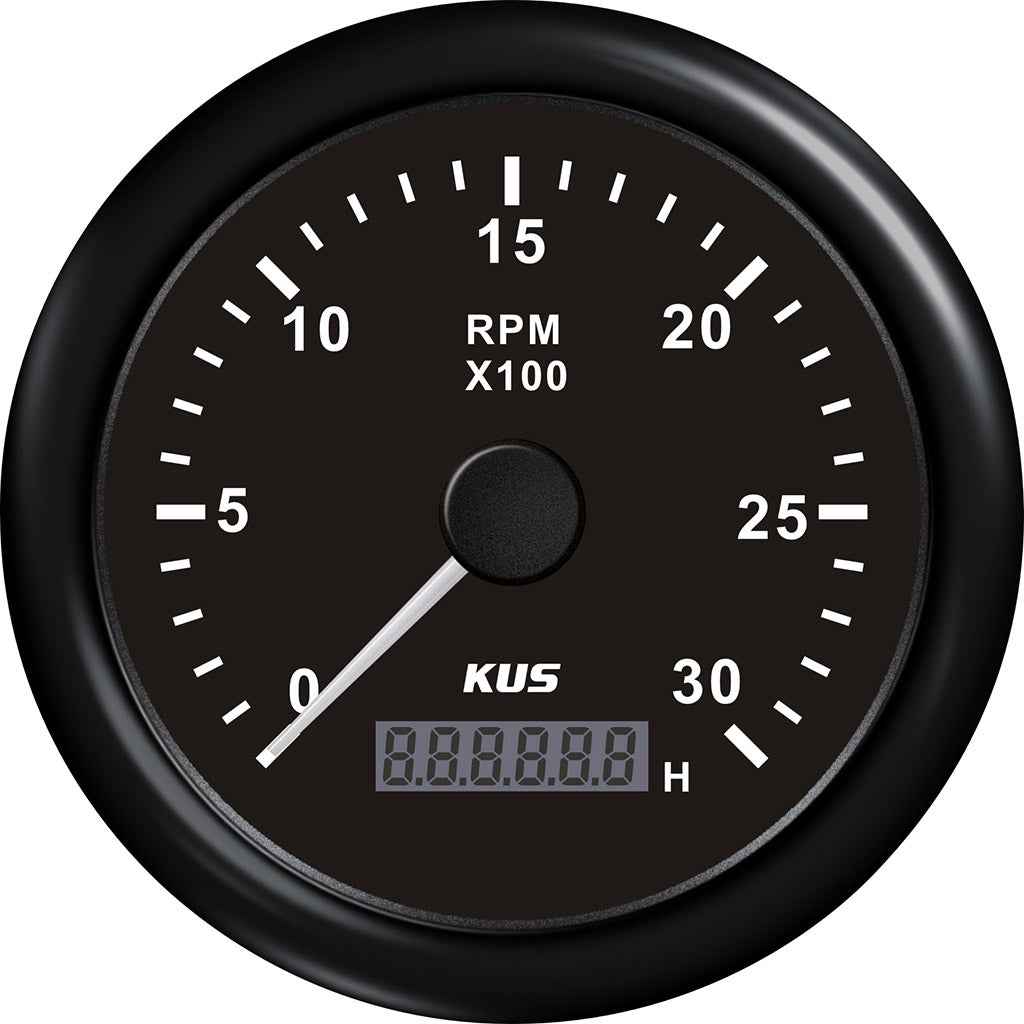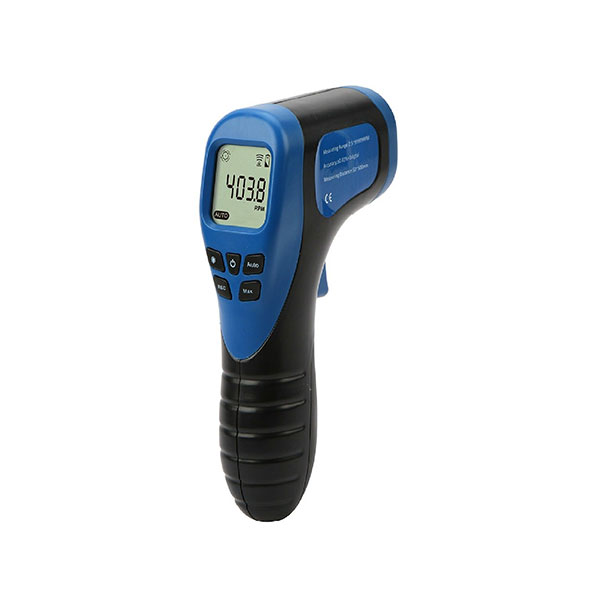The Relevance of a Tachometer in Keeping Track Of Engine Rate and Performance in Automotive Applications
In the world of automotive engineering, the tachometer stands as a pivotal instrument in the vehicle driver's toolbox, giving a direct home window into the inner operations of a car's engine. Past its feature as a simple scale of revolutions per min (RPM), the tachometer functions as a vital tool for lovers and professionals alike, providing real-time understandings into engine performance and wellness. Understanding the relevance of this tool exceeds surface-level observations, diving right into the elaborate relationship between engine rate, power outcome, and general driving experience. As we explore the complex function of the tachometer in automotive applications, a much deeper appreciation for its influence on car dynamics and effectiveness starts to emerge.
Value of Keeping An Eye On Engine RPM
Monitoring engine RPM, or changes per min, is a crucial aspect of vehicle maintenance and performance analysis. Engine RPM directly correlates with the rate at which the engine's crankshaft rotates, showing just how rapidly the engine is running.
Additionally, keeping track of engine RPM is important for performance analysis in auto racing and high-performance vehicles. In summary, keeping an eye on engine RPM is not only crucial for identifying issues however additionally for maximizing engine performance in various vehicle applications.

Benefits of Real-Time Data
In vehicle applications, real-time information plays a critical duty in providing instantaneous understandings right into the efficiency and problem of the automobile. By continually checking numerous criteria such as engine rate, temperature level, gas usage, and a lot more, real-time information uses many advantages that add to improved effectiveness and security when traveling.
One considerable advantage of real-time data is its ability to sharp vehicle drivers and professionals to any kind of abnormalities or problems immediately. This positive method enables fast recognition of prospective issues, allowing for prompt treatments to stop additional damage or failures. Furthermore, real-time data facilitates efficiency optimization by supplying immediate responses on driving routines and engine effectiveness. Drivers can readjust their habits in real-time based on this details to accomplish better gas economic climate and prolong the life-span of their automobile.

Additionally, real-time data plays a vital duty in modern-day automobile diagnostics, enabling service technicians to rapidly identify and address breakdowns. This causes decreased downtime, lower maintenance prices, and ultimately, boosted total automobile reliability and durability (tachometer). By taking advantage of the power of real-time information, auto stakeholders can make informed decisions that positively impact both the performance and longevity of the lorry
Effect On Equipment Shifts
Efficient gear shifts in vehicle applications significantly affect total performance and driving experience. The tachometer plays an important duty in maximizing equipment changes by providing real-time engine speed data to the chauffeur. When approaching the redline on the tachometer, it indicates the motorist to upshift to prevent over-revving the engine and creating possible damages. On the various other hand, downshifting at the appropriate minute can aid keep the engine in its power band, ensuring receptive velocity when required.
Furthermore, the tachometer aids in achieving smoother equipment changes, especially in hands-on transmissions. By keeping an official statement eye on engine speed, chauffeurs can perform gear changes at the ideal RPM range, decreasing jerking activities and lessening wear on the transmission components. This accuracy in equipment changes not just improves driving comfort but additionally adds to sustain effectiveness.
Enhancing Fuel Performance
Provided the crucial duty the tachometer plays in enhancing gear changes for performance and engine health, it straight adds to optimizing fuel performance in vehicle applications. By providing real-time responses on engine speed, the tachometer aids chauffeurs in keeping the most efficient RPM variety for gas economic climate. When drivers continually keep track of the tachometer and readjust their driving behaviors appropriately, they can avoid unnecessary gas usage brought on by over-revving or carrying the engine.
In addition, the tachometer helps vehicle drivers identify one of the most fuel-efficient equipment to be in at any provided minute, avoiding the engine from functioning harder than needed. This is particularly vital throughout acceleration and cruising, where remaining in the right equipment can substantially affect fuel effectiveness. Furthermore, the tachometer can inform vehicle drivers to possible mechanical problems that could be negatively impacting gas economic situation, such as a slipping clutch or a blocked air filter. Finally, the tachometer acts as a valuable tool in improving gas performance by advertising optimum driving habits and identifying areas for enhancement in the vehicle's performance.

Taking Full Advantage Of Engine Long Life
The tachometer's duty in keeping an eye on engine speed and performance is instrumental in ensuring the long life of vehicle engines. By using the tachometer successfully, chauffeurs can optimize engine long life via mindful RPM management. Continually revving an engine as well high can result in excessive damage on essential parts, such as the pistons, valves, and bearings. In time, this can result in lowered look at more info engine performance and potential breakdowns. Keeping track of the tachometer allows vehicle drivers to stay within the advised RPM look at here now variety for their car, preventing unneeded strain on the engine and expanding its life-span.

Final Thought
Finally, the tachometer plays a critical duty in keeping track of engine rate and efficiency in automobile applications. By providing real-time data on RPM, it permits reliable equipment changes, improved fuel performance, and made the most of engine durability. This tool is essential for keeping optimal engine performance and guaranteeing the total performance of a lorry.